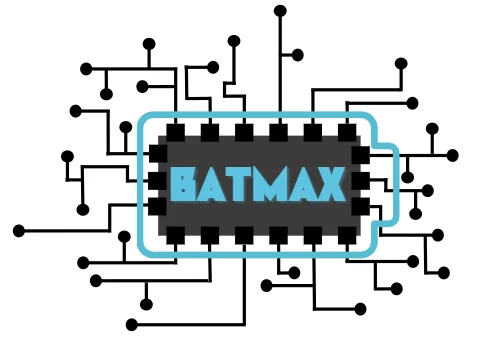
Our ambitious challenge
NEMO aims to advance novel and established modelling techniques based on electrochemical impedance spectroscopy (EIS) to their application.


NEMO aims to advance novel and established modelling techniques based on electrochemical impedance spectroscopy (EIS) to their application.

Our objective is to considerably extend battery life and make the battery system safer within long-term operation of stationary and automotive use cases.
Among our technical improvements:

Complete avoidance of foreseeable critical safety issues not linked to severe mechanical impacts.



Extension of the first-life battery lifetime by at least 20% and capture of failure mode with 100% accuracy.

NEMO’s solutions are expected to be validated by industrial partners and to take a considerable share of the market in the future.
Our solutions will position the European BMS industry at the forefront of digital battery management innovations and allow them to take a maximum share of the BMS market estimated to €3.5 bn by 2026. These performance improvements will further increase social acceptance and uptake of the electrification of the European energy system.
NEMO especially contributes to:


Accelerate roll out of electrified mobility through increased attractiveness regarding improvements of e-vehicles operation.

Improved Life Cycle Assessment of the final product segment of the battery value chain and accelerated roll-out of circular designs though innovations that allow for a straight-forward second life usage with economic guarantees.

Increased exploitation and reliability of batteries through demonstration of innovative use cases of battery integration in stationary energy storage and e-vehicles.
We aim to leverage in-situ and in-operando EIS sensing, along with active cell switching for balancing at cell-level and sufficient computing power, to execute real-time models and algorithms.


Towards achieving these goals, the consortium tends to provide efficient software and hardware to handle, host, process, and execute these approaches within high-end local processors and cloud computing.
The availability of such diverse physical information on batteries onboard makes room for developing cutting-edge performance, lifetime, and safety battery models and state estimators within NEMO, and validating them on two different BMS configurations.
Physics-based performance model parameters continuously get updated as the battery ages, so that performance and safety state indicators maintain the least possible error. The data-driven approaches exploit mathematical algorithms to be trained upon the large datasets made available from historical or laboratory generated battery information.
Combinations of coupled physics-based and data-driven approaches are also foreseen to be implemented within NEMO as another innovation of the project to propose next-generation BMS.
NEMO Consortium is led by VUB and brings together highly experienced and specialized institutions, organizations and companies that conduct cutting-edge research.
The NEMO’s Advisory Board (AB) helps us boost the technical and impact aspects of the project by providing an external expert view.
Universität Bayreuth
ENGIE Laborelec
ENGIE Laborelec
SAFT
Vitesco Technologies



Our Cluster aims to facilitate exchange among the four projects of HORIZON-CL5-2022-D2-01-09, focusing on physics and data-based battery management for optimized battery utilization. The objective is to share experiences and generate a larger impact.